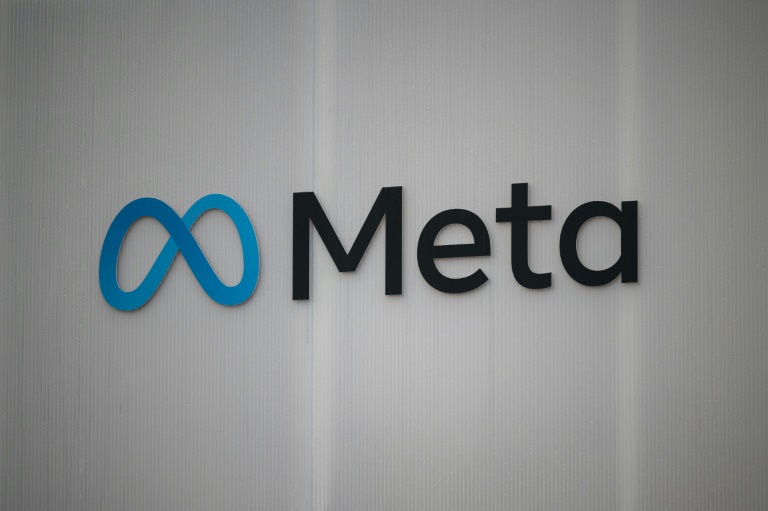The European Union reached a deal Thursday to almost double the share of renewables in the 27-nation bloc’s energy consumption by 2030 amid efforts to become carbon neutral and ditch Russian fossil fuels.
The provisional political agreement, which was reached after nightlong negotiations between the EU parliament and states, seeks to raise the share of renewable energy to 42.5 percent, from 22 percent today.
The EU has set an ambitious target to become a “climate neutral” economy by 2050, with net-zero greenhouse gas emissions.
The move also comes as it has sought to slash dependence on Russian fossil fuels after Moscow cut gas supplies last year and the bloc placed bans on seaborne crude and other petroleum products from the country.
“Renewable energy will… contribute to our energy sovereignty by reducing fossil fuel imports,” European Commission vice president Frans Timmermans said, adding it would also mean cheaper energy for consumers and business.
But environmental groups criticised the agreement, saying it did not go far enough.
“A mandatory 45 percent target would already be weak and outdated… anything lower than 45 percent simply shows European disunity and lack of ambition,” said Cosimo Tansini, policy officer for renewable energy at the European Environmental Bureau.
– Cutting red tape –
The deal is a compromise between the 45 percent share for renewables that was sought by EU lawmakers and the European Commission, the EU’s executive branch, and the 40 percent preferred by the states.
The previous target for 2030 had been set at 32 percent.
The deal says member states should, however, make every effort to achieve 45 percent.
The proposed directive also seeks cutting red tape for renewable energy projects.
The goal is to “fast-track the deployment of renewable energies” as part of the EU’s plan “to become independent from Russian fossil fuels, after Russia’s invasion of Ukraine”, said a statement from the Council of the EU which represents the bloc’s governments.
Companies have complained that red tape has slowed the development of such infrastructure.
– Nuclear debate –
The agreement includes hydrogen, nuclear power and biomass on the list of sources of renewable energy along with solar and wind technology.
Biomass derives from organic material such as trees, plants and urban waste, and includes the burning of wood to produce electricity.
Scandinavian countries defend the practice, but it is criticised by environmental groups over concerns about its impact on forests.
Pascal Canfin, chairman of the European Parliament’s environment committee, said the agreement sets strict rules on using biomass.
“The use of biomass is better regulated even if the parliament wanted to go further,” Canfin, of the centrist Renew political group, said.
Markus Pieper, of the right-wing European People’s Party, said the agreement makes biomass “100 percent green”.
Canfin said the deal also “recognises the specific role of nuclear (energy) which is neither green nor a fossil fuel”.
The inclusion of nuclear power was hotly debated in recent weeks.
Major nuclear energy producer France and its allies wanted “low-carbon hydrogen”, which is made using nuclear energy, to have the same status as hydrogen made from renewables such as solar and wind pwoer.
A group led by Germany had been opposed to including hydrogen produced from nuclear power over concerns it would slow investments in renewables.
A deal was finally reached after Sweden, which holds the rotating EU presidency, proposed a compromise.
Canfin said the deal means that France will be able to use nuclear energy and not be forced to build renewables infrastructure to produce hydrogen for industry and transport.
“It was an absolute condition for France to support the final agreement,” Canfin said.

 Events6 months ago
Events6 months ago
 Business4 months ago
Business4 months ago
 Business4 months ago
Business4 months ago
 People3 months ago
People3 months ago
 Events3 months ago
Events3 months ago
















